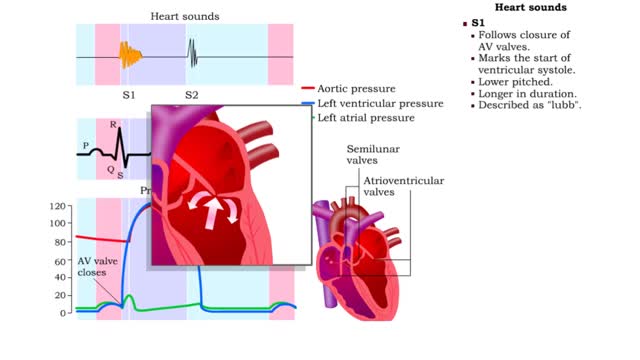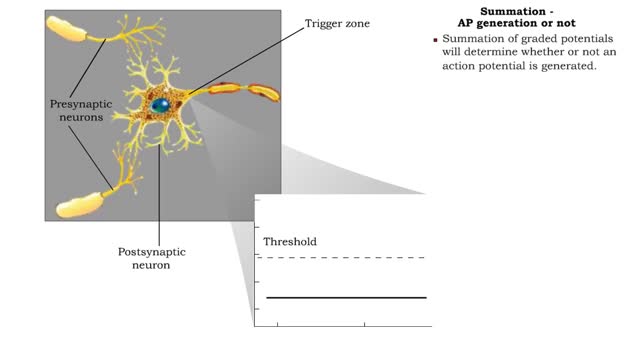Depolarization of the SA node, Action potentials of the myocardium & ANS effects
By: HWC
Date Uploaded: 11/29/2019
Tags: homeworkclinic.com Homework Clinic HWC Depolarization of the SA node contractile cell myocardium pacemaker potential SA node's rate autonomic nervous system heart rate Action potentials of the myocardium plateau ANS effects on the conduction system Acetylcholine parasympathetic neurons Norepinephrine sympathetic neurons
• A typical contractile cell in the myocardium has a resting membrane potential. • The resting membrane potential of cells in the SA node is not fixed, and is known as the pacemaker potential. • The action potential of a healthy SA nodal cell has three parts: • Pacemaker potential: the membrane potential spontaneously and gradually becomes more positive until threshold is reached • Rapid depolarization is triggered • The SA node's rate of firing, combined with modifications from the autonomic nervous system (ANS), determines the heart rate. • The action potential of a healthy ventricular cell has four major parts: • Resting membrane potential: the membrane potential remains steady until some stimulus causes it to exceed threshold • Rapid depolarization is triggered • A plateau follows, during which the cell remains depolarized • Repolarization follows, and the return of the cell to the resting potential. • The SA node's rate of firing, combined with modifications from the autonomic nervous system (ANS), determines the heart rate. • The autonomic nervous system (ANS) can modify the heart's rate in the SA node in two ways: • Acetylcholine (ACh), secreted from parasympathetic neurons, decreases heart rate. • Norepinephrine (NE), secreted from sympathetic neurons, increases heart rate. • NE also causes the heart to beat more strongly.
Add To
You must login to add videos to your playlists.
Advertisement












Comments
0 Comments total
Sign In to post comments.
No comments have been posted for this video yet.